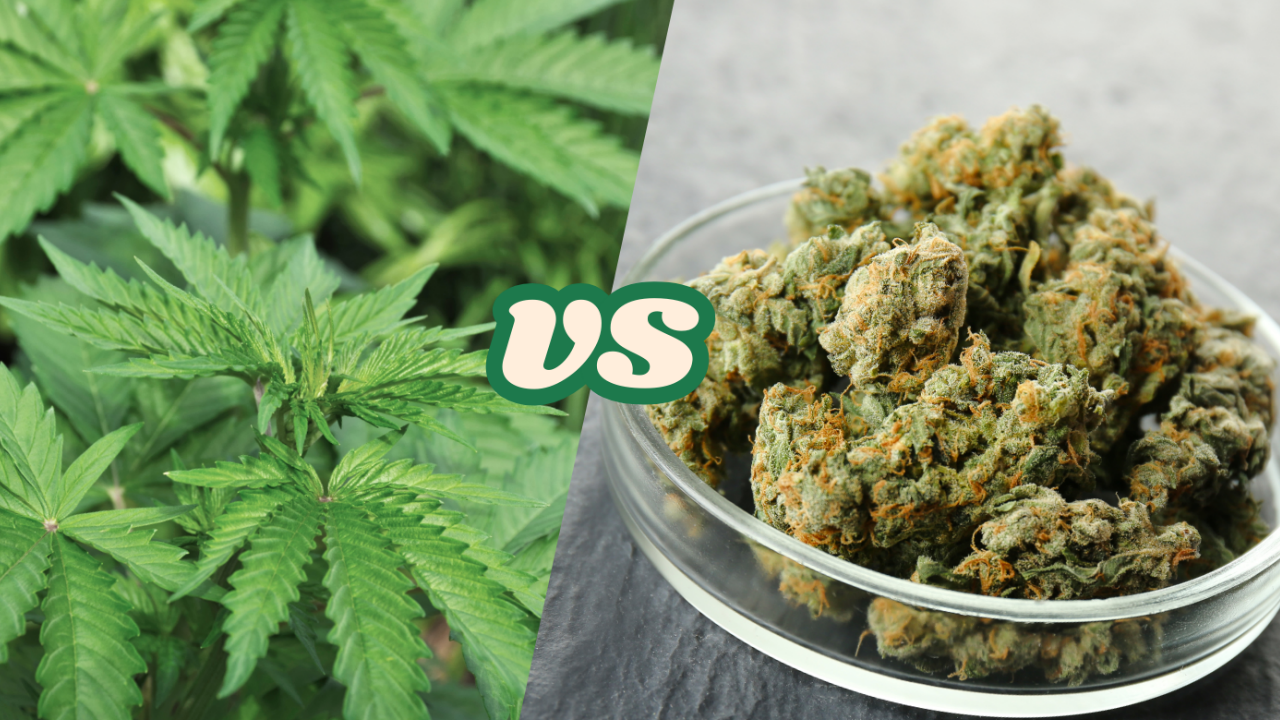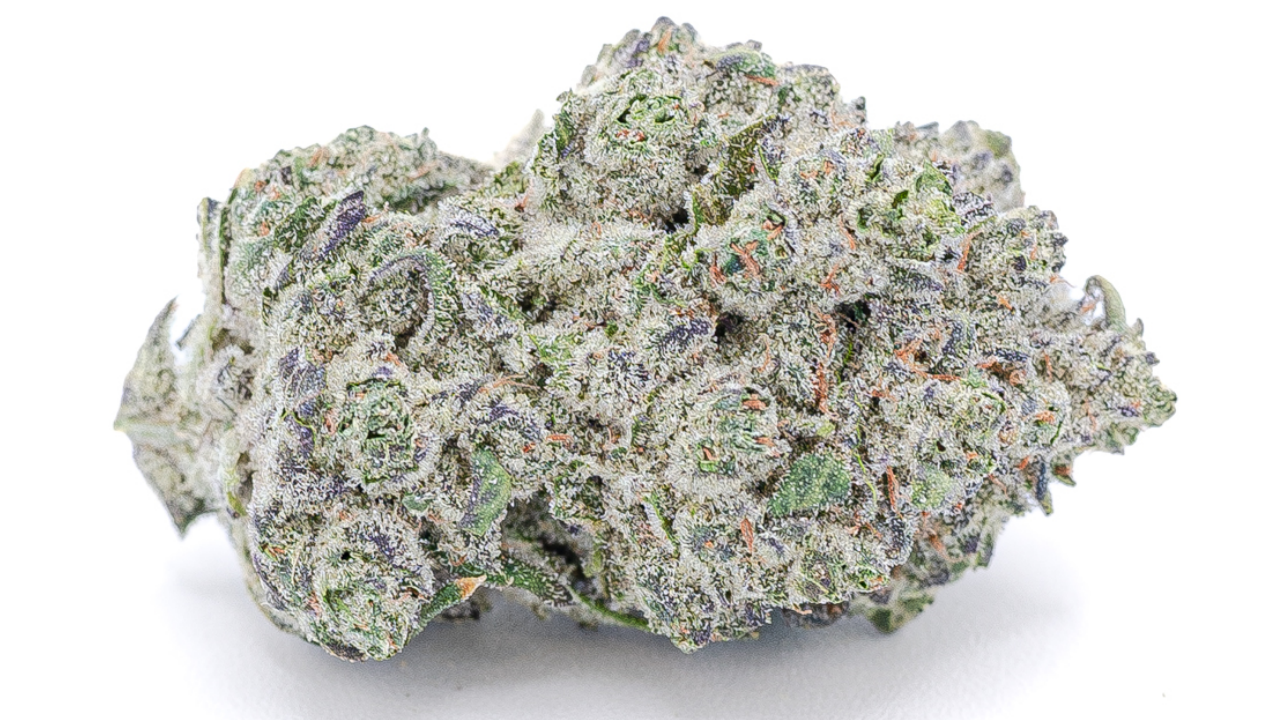Sativa vs. Indica:
When it comes to cannabis, not all strains are created equal—especially in how they affect the mind. For those new to the cannabis experience or even seasoned users looking to refine their preferences, one of the most important distinctions to understand is the difference between Cannabis sativa and Cannabis indica. While they belong to the same species, these two types of cannabis are known to produce notably different mental effects. The choice between them can mean the difference between creative clarity and couch-locked calm, between social energy and solitary introspection.
Let’s explore the contrasting mental effects of Cannabis sativa and Cannabis indica, and how each strain influences mood, cognition, creativity, and psychological well-being.
Cannabis Sativa: The Uplifter of the Mind
Cannabis sativa is often hailed as the cerebral strain. Known for its uplifting and energizing effects, sativa is frequently used during the day or when someone wants to boost focus, productivity, or creativity.
Mental Characteristics:
- Euphoria and Optimism: Sativa tends to lift the mood, promoting a sense of joy or even giddiness. This makes it a popular choice for combating mild depression or lethargy.
- Increased Creativity: Artists, musicians, and writers often gravitate toward sativa strains because of their mind-expanding qualities. Users frequently report bursts of innovative thinking, divergent ideas, and unusual connections.
- Heightened Focus (or Distractibility): While some sativas improve concentration and alertness, others may make the mind race or become scattered—especially in users prone to anxiety.
- Social Energy: Sativa can make people more talkative, engaged, and open, which is why it’s commonly chosen for social gatherings or collaborative creative work.
However, sativa isn’t for everyone. Its stimulating nature can sometimes backfire in individuals with anxiety or panic disorders. The same traits that give one person focus and vitality might make another feel jittery or overstimulated.
Cannabis Indica: The Mellow Mind Melt
In contrast, Cannabis indica is the strain of relaxation. Typically associated with a more calming and sedative experience, indica is often used in the evening or before bed.
Mental Characteristics:
- Tranquility and Stress Relief: Indica has a reputation for calming the mental noise, making it an excellent option for those dealing with stress, insomnia, or overactive thoughts.
- Mood Stabilization: For individuals who experience mood swings, racing thoughts, or mild paranoia, indica can help “slow the brain down” and establish a greater sense of mental balance.
- Reduced Anxiety (in many cases): Indica’s grounding effects can reduce anxiety for many users, though excessive dosage may have the opposite effect for some.
- Sensory Enjoyment and Present-Moment Awareness: Indica tends to focus awareness on the present. Users often report enhanced appreciation for music, food, physical touch, and bodily sensations—ideal for winding down and indulging in comfort.
Indica’s effects on cognition are often described as foggy or dreamy. It’s not typically associated with heightened intellectual activity or productivity, but rather with emotional processing, decompression, and self-reflection.
Hybrids: When Worlds Collide
Most modern cannabis strains are hybrids—a mix of sativa and indica genetics. Breeders create these combinations to balance or amplify specific effects. For example, a sativa-dominant hybrid may provide energy without anxiety, while an indica-dominant hybrid might offer calm without sedation.
The mental effects of hybrids vary widely depending on their genetic ratio and terpene profile, and they’re often labeled accordingly (e.g., “sativa-leaning hybrid” or “balanced hybrid”). This makes them a great middle ground for users seeking personalized outcomes.
The Role of Terpenes and Cannabinoids
It’s worth noting that the mental effects of cannabis are not solely dependent on whether it’s sativa or indica. The unique combination of terpenes (aromatic compounds) and cannabinoids (like THC and CBD) also play a major role.
- High THC levels generally intensify mental effects, including euphoria, altered perception, and anxiety (if not balanced).
- CBD helps moderate the effects of THC, providing calm and clarity without the high.
- Terpenes like limonene and pinene are energizing, while myrcene and linalool promote relaxation.
So while sativa and indica offer a basic mental roadmap, the chemical makeup of a strain provides the fine print.
Know Thy Strain, Know Thyself
Understanding the mental effects of Cannabis sativa and Cannabis indica can empower users to make informed choices about when and how to consume. Sativa is the spark of energy, the muse of the mind, ideal for daytime use, exploration, and expression. Indica is the gentle lullaby, the hug for the brain, perfect for quiet nights, stress relief, and inner peace.
Choosing between them isn’t about which is better—it’s about which best serves your mental state, your environment, and your intention. And when you find the right fit, cannabis can become a thoughtful ally on your journey toward well-being, creativity, and mental harmony.
Sid Prince
Photo credit: https://www.alternaleaf.co.uk/post/the-key-differences-between-hemp-and-cannabis


